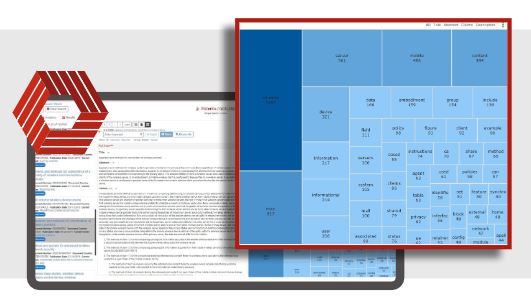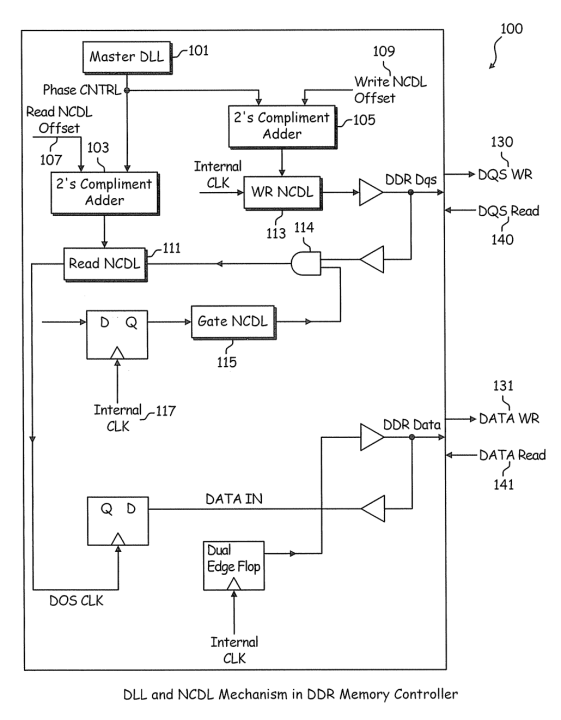Recently, ktMINE added the largest coverage of full-text patent data to our Search Apps Patent Profiles View. For users who may not have familiarity with how this data can benefit them, we wanted to walk through a couple of the value adds this provides.
What is the Patents Concepts Table?
The Concepts Table is a new section implemented into our Patent Profiles View that provides insights into a patent’s text. The table shows the 10 most frequently used terms within the text of the patent. These terms are then broken out by the section of the full-text patent where they appear.
What can the Concepts Table do for me if I typically don’t research full-text?
Expand or enhance a patent search
The most significant advantage this data provides when not reviewing the full-text of a patent is that it enables users to have better search strategies. This can go both ways as either a tool for expanding results or narrowing a search to a more targeted set. Users should be looking at the Concepts Table to understand additional words that may be applied. For example, a user may find a word that is constantly being used in the best patents they’ve identified in their searches. At this point, the user can then add those words to refine their search even further and reduce the potential noise that otherwise would have come through. Another value add is the ability to utilize the Concepts Table to widen a search if the initial search isn’t expansive enough. A user can identify a valuable patent and access the Concepts Table to see what words they should add to their search with OR’s to expand that search to include that type of terminology. This potentially allows the user to see results they hadn’t considered before and ensure nothing is being missed.
Easily ID strong and weak patents
Another advantage of the Concepts Table is the ability to easily identify if a patent is valuable for the given analysis. Users can see how often important language is present within the full-text of the patent. When necessary language is only mentioned a few times in the full-text, it can call into question the value that the patent presents to the analysis – potentially weakening it. This type of gap can indicate opportunities that the users can then exploit. This can be extremely valuable, especially when considering FTO and prior art searching. Conversely, if important language is mentioned at length in the full-text, it may indicate a very strong patent and may better inform your analysis or strategy.




